How does AI learn emotion?
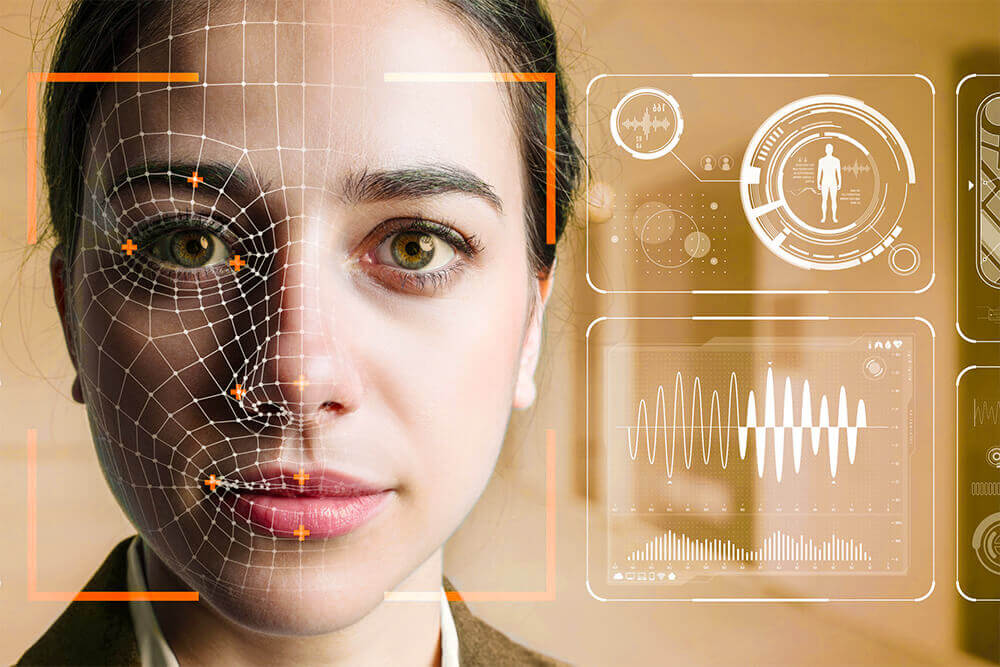
Artificial intelligence (AI) can learn emotion in a number of ways, including machine learning, deep learning, natural language processing, and computer vision.
Emotion for AI
- Machine learning is a type of artificial intelligence that allows computers to learn without being explicitly programmed. In the context of emotion recognition, machine learning algorithms are trained on datasets of human emotions. These datasets typically include text, speech, and images that have been labeled with the corresponding emotion. By analyzing these datasets, the machine learning algorithm learns to identify the patterns that are associated with different emotions.
- Deep learning is a subset of machine learning that uses artificial neural networks to learn from data. Neural networks are inspired by the human brain and can be used to learn complex patterns, including those associated with emotions. Deep learning algorithms have been shown to be particularly effective at emotion recognition, and they are increasingly being used in commercial applications such as chatbots and virtual assistants.
- Natural language processing (NLP) is a field of computer science that deals with the interaction between computers and human (natural) languages. NLP techniques can be used to analyze text and speech to identify emotional cues, such as the use of certain words or phrases. For example, the word “happy” is often used to express happiness, while the word “sad” is often used to express sadness. By analyzing the words and phrases that are used in a text or speech, NLP algorithms can identify the emotions that are being expressed.
- Computer vision is a field of computer science that deals with the extraction of information from digital images and videos. Computer vision techniques can be used to analyze facial expressions, body language, and other visual cues to identify emotional states. For example, a computer vision algorithm can be trained to recognize the facial expressions that are associated with different emotions, such as happiness, sadness, anger, and fear.
Examples
- Example of how AI can learn emotion using machine learning
Let’s say we want to create an AI that can recognize emotions in text. We would first need to collect a dataset of text that has been labeled with the corresponding emotion. For example, we could collect a dataset of news articles, social media posts, and customer reviews that have been labeled as “happy”, “sad”, “angry”, and “fearful”.
Once we have collected the dataset, we can train a machine learning algorithm on it. The machine learning algorithm will learn to identify the patterns that are associated with different emotions. For example, the algorithm might learn that the words “happy”, “joy”, and “love” are often used to express happiness, while the words “sad”, “depressed”, and “lonely” are often used to express sadness.
Once the machine learning algorithm has been trained, it can be used to predict the emotion of a new piece of text. For example, the algorithm could be used to predict the emotion of a customer review or a social media post.
- Example of how AI can learn emotion using machine learning
Let’s say we want to create an AI that can recognize emotions in facial expressions. We would first need to collect a dataset of images of faces that have been labeled with the corresponding emotion. For example, we could collect a dataset of images of people smiling, frowning, crying, and angry.
Once we have collected the dataset, we can train a computer vision algorithm on it. The computer vision algorithm will learn to identify the patterns that are associated with different emotions. For example, the algorithm might learn that the eyes are often wider and the mouth is often turned up when someone is happy, while the eyes are often narrower and the mouth is often turned down when someone is sad.
Once the computer vision algorithm has been trained, it can be used to predict the emotion of a new image of a face. For example, the algorithm could be used to predict the emotion of a person in a security camera image or a social media profile picture.
I hope these examples help to explain how AI can learn emotion. As AI technology continues to develop, it is likely that we will see even more innovative ways to use AI to learn and understand emotions.
The best way to learn emotion will vary depending on the specific application. For example, if the goal is to create an AI that can recognize emotions in text, then NLP techniques would be the most appropriate. However, if the goal is to create an AI that can recognize emotions in facial expressions, then computer vision techniques would be more appropriate.
It is important to note that AI cannot truly understand emotions in the same way that humans do. Emotions are complex and nuanced, and they are often influenced by a variety of factors, including personal experiences, cultural norms, and individual beliefs. AI models can only learn to recognize patterns associated with emotions, and they cannot fully understand the meaning of those emotions.
Despite these limitations, AI has the potential to be a valuable tool for understanding and responding to emotions. For example, AI can be used to develop chatbots that can provide emotional support to people who are feeling lonely or isolated. AI can also be used to develop virtual assistants that can help people to manage their emotions.
As AI technology continues to develop, it is likely that we will see even more innovative ways to use AI to learn and understand emotions.

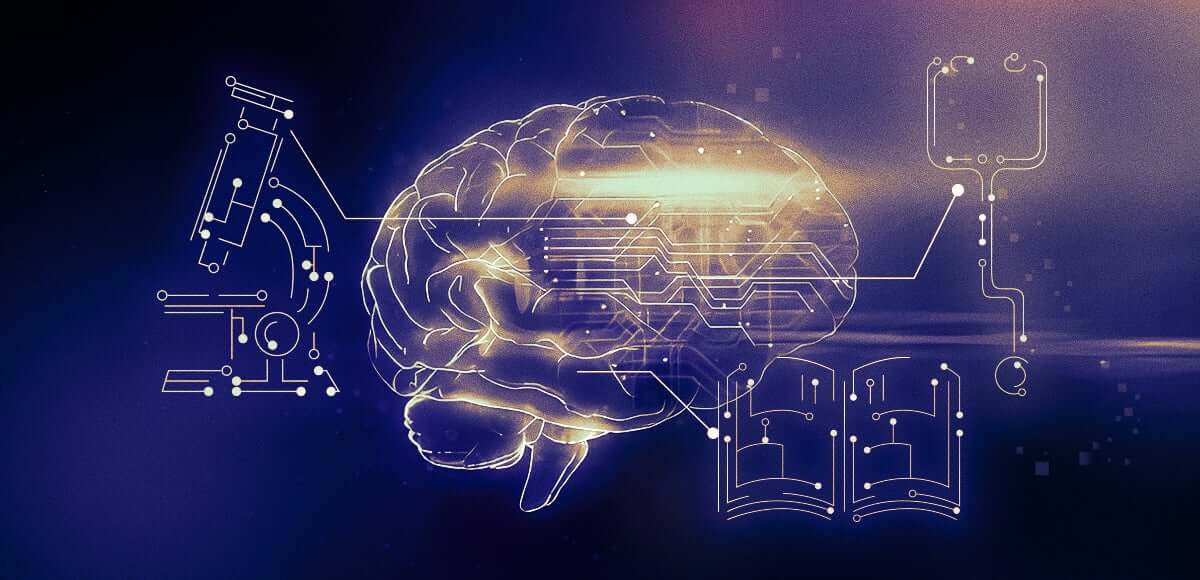
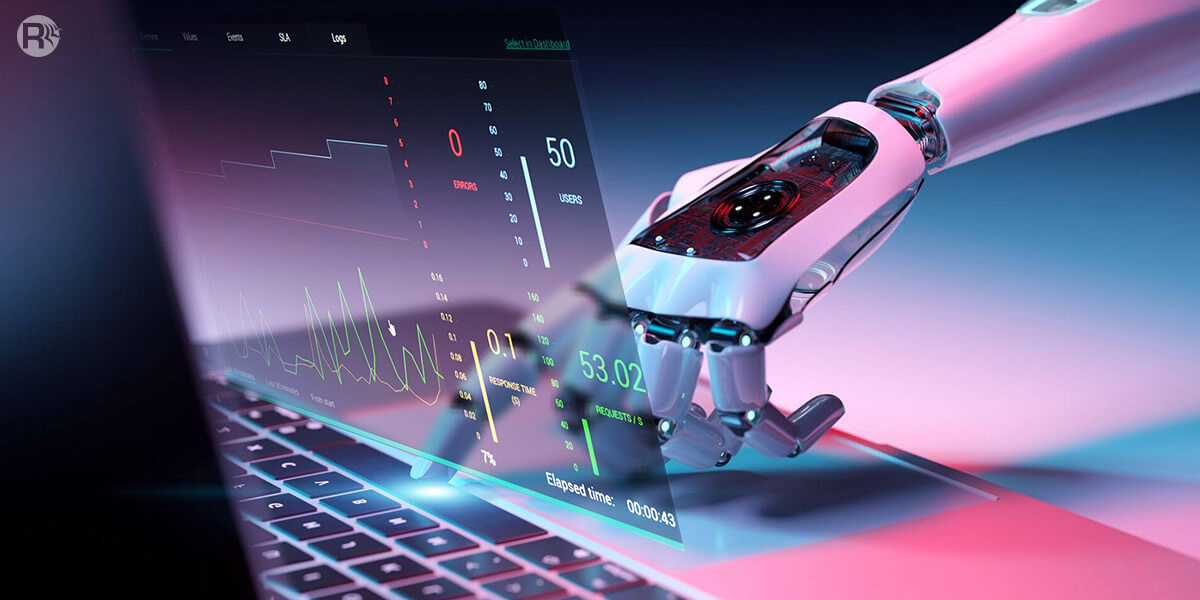
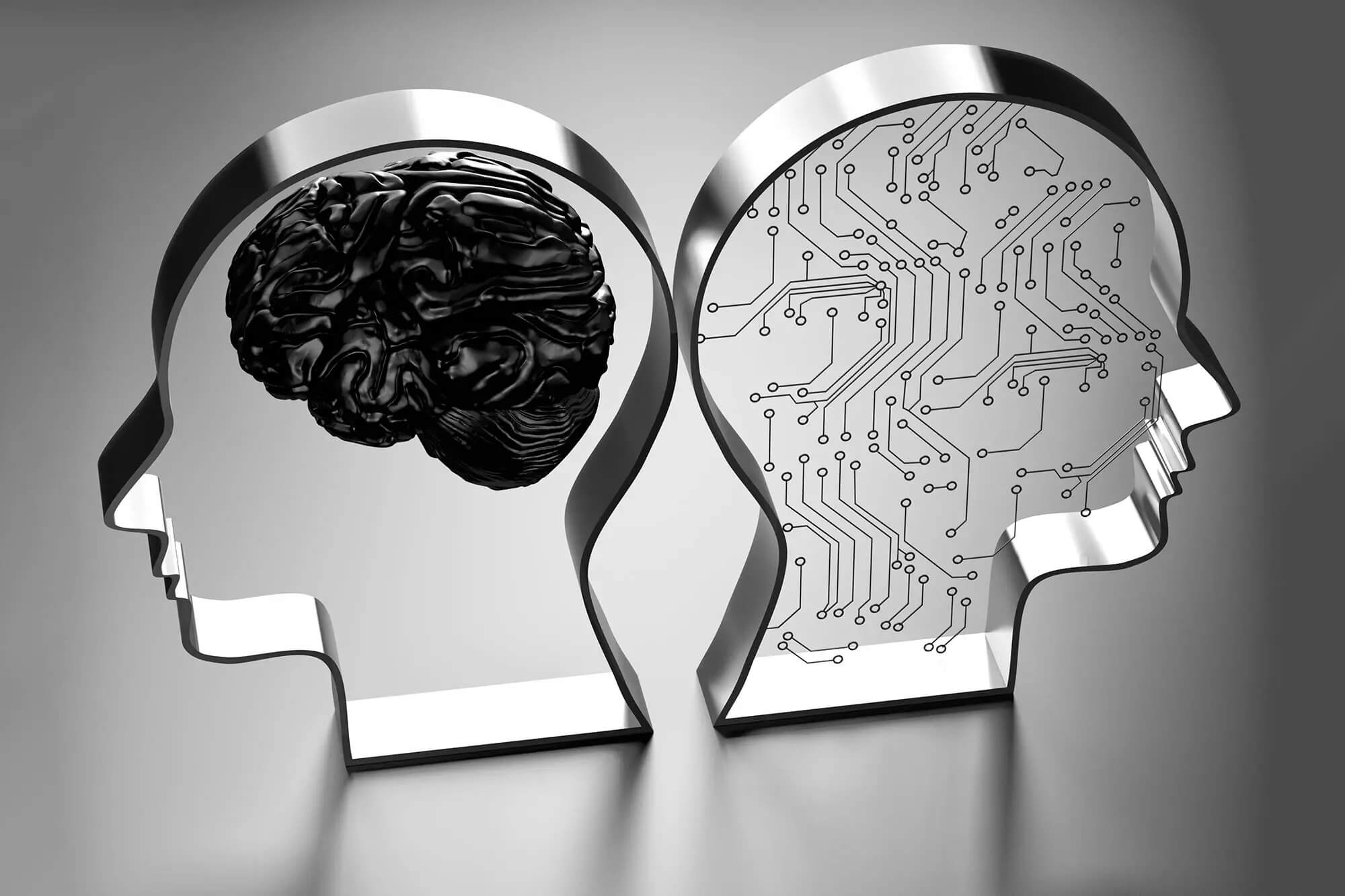
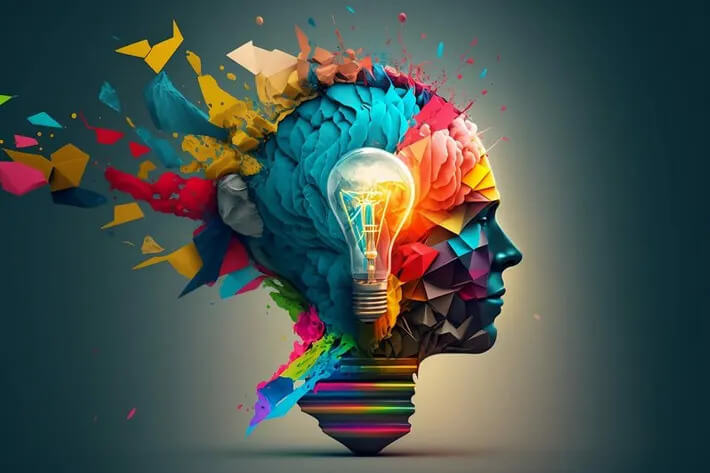


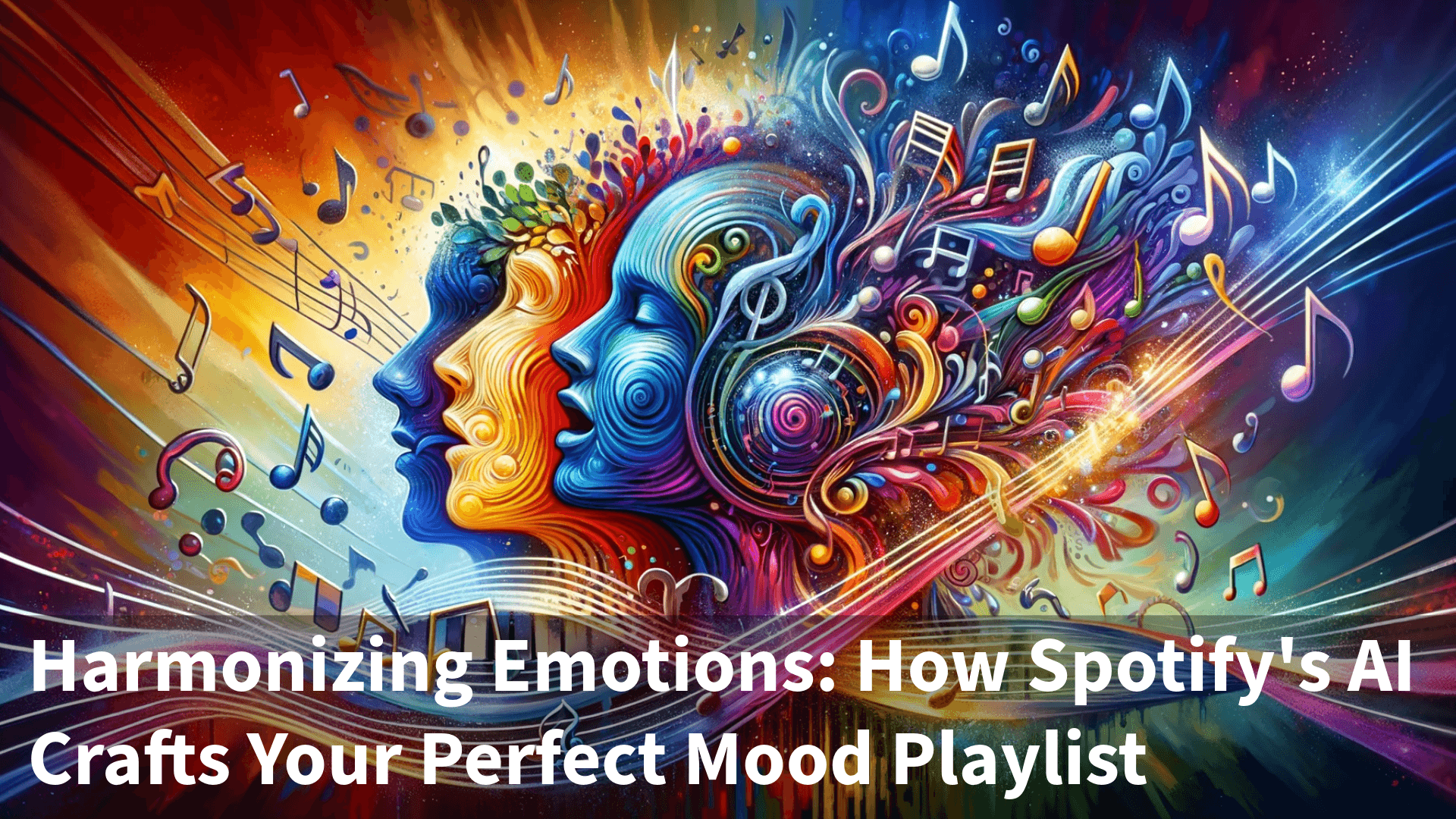



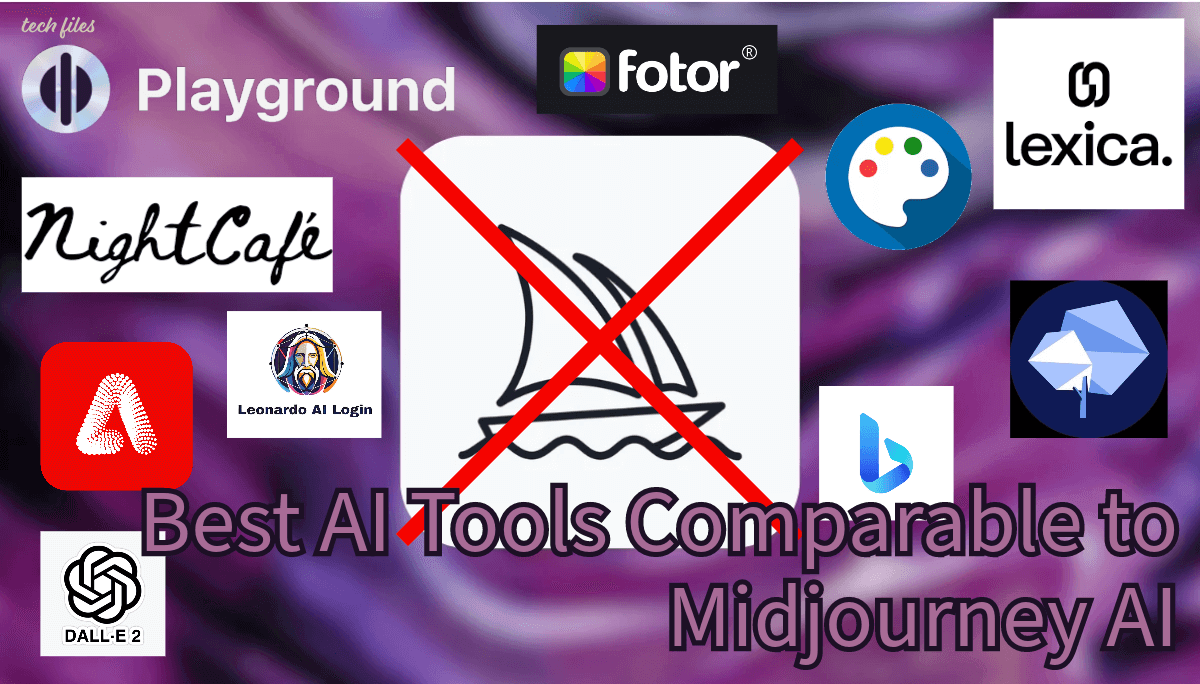

Sharing is caring!